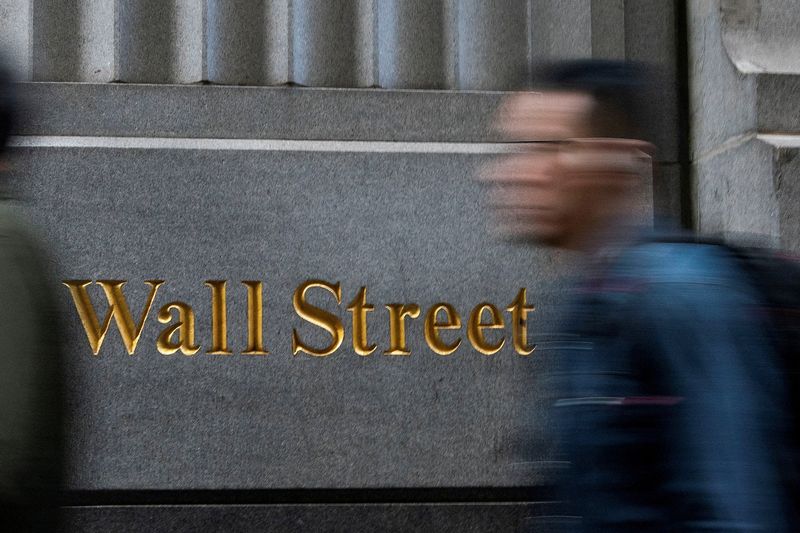
By Jamie McGeever
ORLANDO, Florida (Reuters) – While “U.S. exceptionalism” has undoubtedly helped drive Wall Street’s record-busting returns in recent years, it should not be confused with isolationism.
The fourth-quarter U.S. earnings season that gets underway in earnest this week is a reminder that American firms – magnificent as some may be – still operate in a global marketplace. Weak economies and lackluster demand abroad, combined with a robust dollar, could erode American corporate profitability, calling into question whether the U.S. is so exceptional after all.
With the dollar appreciating broadly and rapidly, exchange rates will soon bite into corporate profitability. The question is how deep.
Analysts at Apollo Global Management (NYSE:APO) note that more than 41% of S&P 500 firms’ revenues come from abroad. That’s the highest since 2013 and not far behind the record high of 43.3% in 2011.
This leaves these firms vulnerable on two levels. First, sub-par growth in many key economies and trading partners such as China, Canada and Europe should, all else being equal, cause demand for U.S. goods to weaken. And second, revenues accrued abroad will now be worth significantly less in dollar terms than they would have a year ago.
The dollar is on a tear. It has risen 10% since late September and is up 7% year-over-year. It is now the strongest it has been in more than two years against a basket of G10 currencies, notching multi-year highs against sterling and the Canadian dollar.
There is little sign of this trend reversing any time soon, as resilient U.S. growth and sticky inflation lift Treasury yields and force investors to radically rethink their 2025 Fed outlook. Bank of America economists no longer expect any rate cuts this year and others are even suggesting the central bank’s next move may be a hike. In turn, Goldman Sachs analysts on Friday raised their “stronger for longer” dollar forecasts.
DOLLAR IDIOSYNCRASY
Although much of the classic economic play-book has been ripped up since the pandemic, theory still suggests a 10% year-on-year increase in the dollar should reduce S&P 500 earnings by around 3%, according to BofA. Currently, estimates point to 9.5% growth in aggregate earnings per share for the fourth quarter, and 14% for calendar years 2025, according to LSEG I/B/E/S.
But fourth-quarter revenue growth is only estimated at 4.1%, a relatively slow pace in part due to the exchange rate.
Revenue “beats” tend to decline in periods of dollar strength compared with periods of dollar weakness, Goldman Sachs equity analysts say. So we can reasonably expect that the share of firms beating consensus sales forecasts this quarter will be lower than the 42% that did so in the previous period, when the dollar’s year-on-year rise was only 2%.
But even though dollar strength is likely to feature in many CEO and CFO calls this earnings season, its impact on U.S. earnings may be more “idiosyncratic” than widespread, according to Morgan Stanley (NYSE:MS)’s Mike Wilson.
He has noted that the stocks of companies with “relatively low foreign sales exposure and low sensitivity to a stronger dollar from an EPS growth standpoint” have begun to outperform since the dollar started to strengthen in October.
He characterizes “low” foreign exposure as companies that derive less than 15% of their revenues from abroad, giving them “minimal” sensitivity to the dollar’s exchange rate. Some of the big names in this camp include United Healthcare, T-Mobile and Home Depot (NYSE:HD), while some large caps that derive more than 15% of their revenues from overseas include PepsiCo (NASDAQ:PEP), IBM (NYSE:IBM) and Oracle (NYSE:ORCL).

The dollar’s strength is not yet at a level that truly threatens corporate America’s competitiveness and profitability. But if it persists, this earnings season could be a taste of what’s to come.
(The opinions expressed here are those of the author, a columnist for Reuters.)
(By Jamie McGeever; Editing by Andrea Ricci)
This post is originally published on INVESTING.


